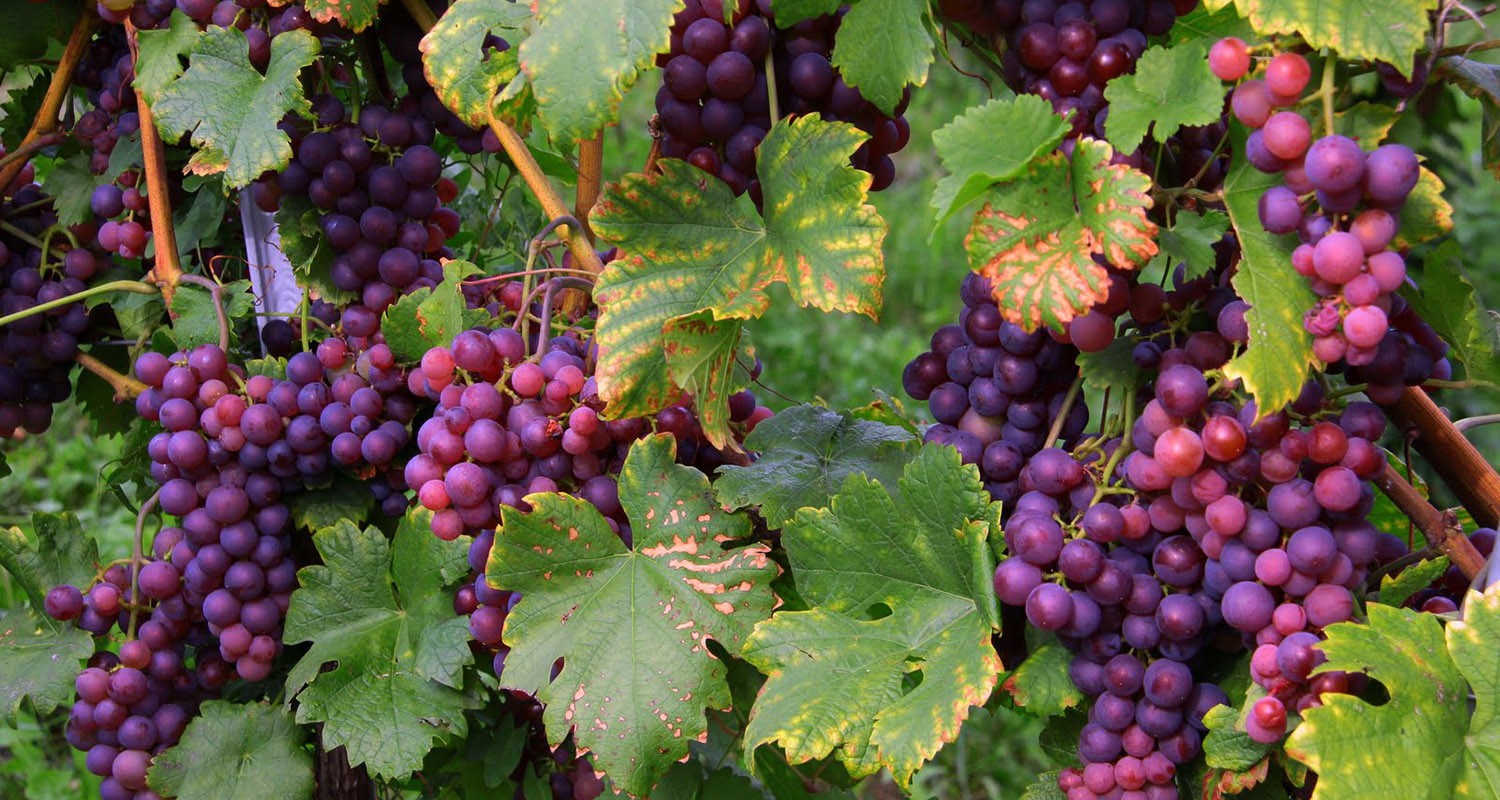Summary
In previous chapters, we focused on developing general ideas of organic reactivity, looking at the chemistry of hydrocarbons and alkyl halides and seeing some of the tools used in structural studies. With that accomplished, we have now begun to study the oxygen- containing functional groups that lie at the heart of organic and biological chemistry.
Alcohols are among the most versatile of all organic compounds. They occur widely in nature, are important industrially, and have an unusually rich chemistry. The most widely used methods of alcohol synthesis start with carbonyl compounds. Aldehydes, esters, and carboxylic acids are reduced by reaction with LiAlH4 to give primary alcohols (RCH2OH); ketones are reduced to yield secondary alcohols (R2CHOH).
Alcohols are also prepared by reaction of carbonyl compounds with Grignard reagents, RMgX. Addition of a Grignard reagent to formaldehyde yields a primary alcohol, addition to an aldehyde yields a secondary alcohol, and addition to a ketone or an ester yields a tertiary alcohol. The Grignard reaction is limited by the fact that Grignard reagents can’t be prepared from alkyl halides that contain reactive functional groups in the same molecule. This problem can sometimes be avoided by protecting the interfering functional group.
Alcohols are often protected by formation of trialkylsilyl ethers.
Alcohols undergo many reactions and can be converted into many other functional groups. They can be dehydrated to give alkenes by treatment with POCl3 and can be transformed into alkyl halides by treatment with PBr3 or SOCl2. Furthermore, alcohols are weakly acidic (pKa ≈ 16–18) and react with strong bases and with alkali metals to form alkoxide anions, which are used frequently in organic synthesis. Perhaps the most important reaction of alcohols is their oxidation to carbonyl compounds. Primary alcohols yield either aldehydes or carboxylic acids, secondary alcohols yield ketones, but tertiary alcohols are not normally oxidized.
Phenols are aromatic counterparts of alcohols but are more acidic (pKa ≈ 10) because their corresponding phenoxide anions are resonance stabilized by delocalization of the negative charge into the aromatic ring. Substitution of the aromatic ring by an electron- withdrawing group increases phenol acidity, and substitution by an electron-donating group decreases acidity. Phenols can be oxidized to quinones, and quinones can be reduced back to hydroquinones.

Figure 17.1 The phenol resveratrol, found in the skin of red grapes, continues to be studied for its potential anti-cancer, antiarthritic, and hypoglycemic properties. (credit: modification of work “Weinreben-Ötlingen” by Pierre Likissas/Wikimedia Commons, CC BY 3.0)
Chapter Contents
- Naming Alcohols and Phenols
- Properties of Alcohols and Phenols
- Preparation of Alcohols: A Review
- Alcohols from Carbonyl Compounds: Reduction
- Alcohols from Carbonyl Compounds: Grignard Reaction
- Reactions of Alcohols
- Oxidation of Alcohols
- Protection of Alcohols
- Phenols and Their Uses
- Reactions of Phenols
- Spectroscopy of Alcohols and Phenols

